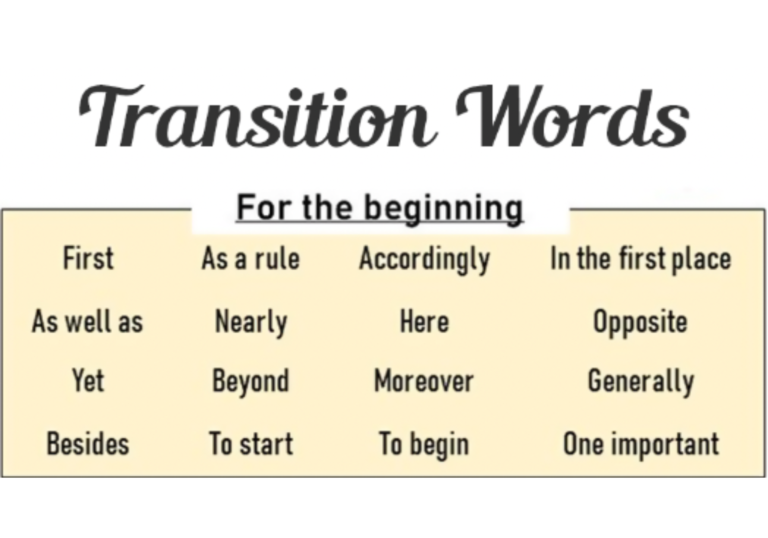How Long is a Literature Review
Setting out on an exploration of scholarly research, one frequently confronts the query: What length is appropriate for a thesis literature review?
Usually, the length of a literature review makes up approximately one-fifth to two-fifths of a thesis, which is about 20 to 40 pages. However, this range may vary according to the subject, academic discipline, and specific university standards. On the other hand, when the literature review is part of a shorter assignment or project report, it may only require a handful of pages.
A literature review serves as a vital examination of the current academic research about a particular subject, and it forms the foundational support for various academic writings such as theses, research papers, book sections, and conference presentations. This thorough yet brief overview effectively summarizes the existing body of knowledge, offering an understanding of confirmed discoveries and the various research approaches used while also pointing out the unexplored areas your study intends to address. If you’re pressed for time or need expert assistance, consider utilizing a literature review writing service to ensure a comprehensive and well-crafted review.
What Is a Literature Review
A literature review serves as an analytical synopsis, assessing the existing materials, like books and scholarly articles, related to a distinct subject or inquiry. It plays a vital role in scholarly compositions, including theses, across various disciplines and areas of study. Fundamentally, literature reviews situate your research within the wider academic dialogue, demonstrating how your contribution is grounded in and expands upon established studies.
Regardless of the length of your literature review, it should typically:
Set the stage for your investigation by furnishing pertinent background details that allow your reader to comprehend the historical importance of your research.
Point out any areas the current body of research literature has missed or not covered adequately, including unresolved questions or particular facets of your subject matter that need further examination.
Emphasize the key ideas associated with the subject at hand.
● Cite relevant studies.
● Support your argument.
It is also crucial for a literature review to thoroughly evaluate the references included in your research, considering aspects like the number of participants, methodology, and possible sources of bias. Ensure that the same citation format organizes your literature review as the rest of your research paper, whether it be APA, Chicago, or MLA style.
How do I create a literature review
Constructing a literature review requires a series of crucial actions:
- Begin by creating a conceptual structure. This is a broad outline of the subject that will assist you in organizing your analysis.
- Summary Creation: Combine insights from various texts. Carefully review, organize, and encapsulate the content to construct an overarching story.
- Interpretation: This section constitutes the core of your writing. Formulate your reasoning and assess the scholarly work.
- In summary, revisit the key points of your research, exploring the consequences of your study and noting any constraints.
- Subsequent Studies: If relevant, propose potential topics for further investigation or recommend strategies for policy development that stem from your research outcomes.
- Begin with crafting your introduction at the end. It should highlight the significance of the subject, identify existing voids in understanding, and express the driving force behind your analysis.
- Transparency: Consistently maintain clear communication regarding any limitations within your work and the scope of evidence that has been examined.
What is the required number of references for a literature review
The amount of material one needs to consult for a literature review can differ greatly, influenced by multiple considerations, including:
- the nature of your research topic,
- the length of the literature review, and
- the particular directives provided by your teacher or educational organization.
It is essential to encompass various sources to comprehensively encompass the extensive academic work related to your study area.
In creating a literature review for a thesis or dissertation, there may be a need to assess and integrate information from many references, potentially upwards of several dozen.
On the other hand, when preparing a literature review as an independent work or as part of a journal article, it might be suitable to consider a smaller selection of literature. Specifically, for a literature review within a PhD dissertation, one might expect to include a broad range from 50 to over 300 sources.
Instead of fixating on a particular figure, ensuring that your literature survey offers a thorough and unbiased summary of the current academic studies related to your area of inquiry is crucial.
Your selection should encompass foundational texts and the latest studies, underscoring the voids your investigation seeks to address.
Remember that the value of your references is just as significant as their number.
Your literature survey should exhibit that you have thoughtfully interacted with numerous academic materials, thus achieving a profound comprehension of the subject matter you are researching.
What Makes a Good Literature Review
A strong literature review is a thorough examination of previous scholarly works related to a specific subject matter in a dissertation or thesis. This showcases your comprehension of the latest research in your area of expertise.
The University of Kent suggests that the length of a literature review can differ depending on the research topic and level of study. A PhD thesis may extend to 20 pages or even more.
This process can be facilitated by utilizing an annotated bibliography.
In your research project, it is important to condense the key ideas from each source, particularly those that relate to your topic. It is recommended to use scholarly sources, and it is advisable to check with your instructor to determine the minimum number of sources needed for your research.
It is crucial to identify and address a gap in the current body of knowledge through your research.
In your review, it is important to emphasize the importance and value of your proposed research. Your review needs to give a comprehensive summary of the current research landscape and demonstrate the significance of your research.
Keep in mind the number of words, as it is generally preferred to have a brief and focused review.
A well-organized structure is essential, and it is important to include the title page, introduction, and conclusion.
Although there isn’t a specific rule regarding length, your review needs substantial information supporting your research. This will help readers grasp the purpose and intended audience of your research.
Concluding: How Long is a Literature Review
The length of a literature review depends on multiple factors, such as the type of research project, field of study, and guidance from your teacher.
Whether you are writing a thesis, dissertation, or research paper, it is necessary to conduct a detailed investigation of previous scholarly works related to your specific subject to write a literature review.
Remember that there is no strict rule for the length of a literature review. It can range from 20 pages to a significantly higher amount in a Ph.D. thesis, or it can be a concise summary in a journal article.
Summarizing and emphasizing specific discoveries in the field of study is facilitated by organizing your review, which can be done thematically, chronologically, or by methodology.
Remember the significance of recognizing a lack of understanding your research seeks to address.
Most importantly, your literature review should be a brief, scholarly combination of information about your research topic. It should serve as a strong foundation of knowledge for your readers and show the importance and validity of your proposed research.

Nicole Hardy
Article Author
Nicole Hardy is renowned in the fields of education and the arts journalism, particularly known for her detailed and insightful reporting on performing arts education. With a career spanning over a decade, she has established herself as a respected authority in this area. Hardy’s work is recognized for its in-depth analysis and engaging writing style. She holds a Master’s degree in Journalism from the University of Arts, specializing in arts and culture journalism.



